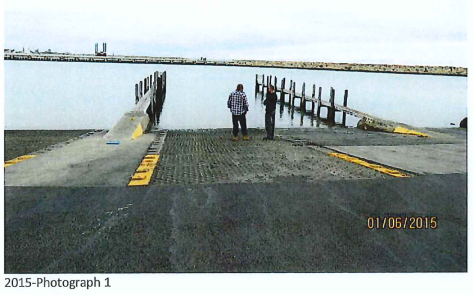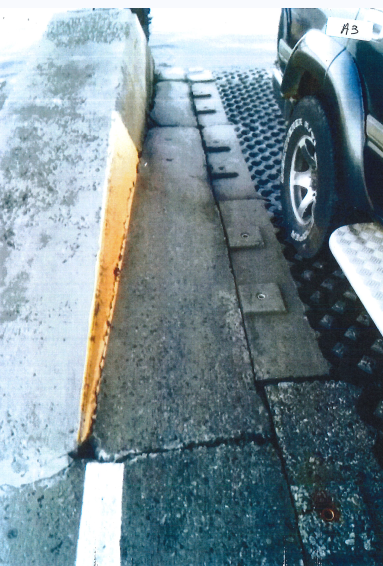There are boat ramps all over the Perth metro area and every weekend hundreds of fisherman and boat enthusiasts launch their boats at these ramps. Boat ramps are exposed to the ocean and can be very slippery. Knowing that boat ramps are slippery, what if you slip and fall, can you claim? What are the obligations on the Department of Transport to design and maintain boat ramps in a condition that minimises the risk of slipping?
This was explored recently in a public liability case in the West Australian District Court in the case of Black v The State of Western Australia (WADC 2022/92). In 2015 BLACK launched his boat at the Woodman Point boat ramp. He put his boat in the water, tied it to the finger jetty and then drove his car and trailer back to the parking bay. He then walked back down to the jetty, walked along the finger jetty to undo the tether, then stepped off the jetty and down onto the concrete boat ramp. On stepping onto the ramp he slipped and fell and injured his low back.

At the time the boat ramp was managed by the Department of Transport. BLACK sued the State of Western Australia saying that the department of transport had designed the ramp badly and constructed it badly and had failed to maintain it, which put him at an increased risk of slipping. The ramp had an interesting design: while the ramp had a waffle pattern across the body of the ramp, that pattern did not extend to the edge of the jetty. That meant that when stepping off the jetty you would step onto smooth concrete. When wet, that smooth concrete was slippery.

The Department owed users of the ramp a duty of care. That was agreed. The risk that the Department had to respond to was the risk that somebody could slip. The Department argued that when designing the ramp it had taken the risk of slipping into account. Black said that the Department could have done more. The issues was whether the Department had breached its duty of care.
The Court then looked at a number of Black’s allegations:
There should have been a warning sign.
The Court said that the risk of slipping on a boat ramp was ‘obvious’. There is no obligation to warn somebody about something that is obvious. Therefore the failure to have a warning sign was not negligent.
What the Department could have done
Black argued that the Department could have:
- Put up a handrail
- Constructed the concrete apron with grooves or a waffle pattern all the way up to the jetty;
- Installed a non-slip matting; or
- Installed kerbs
The Court said that while all these things were possible, it was not negligent that they weren’t done:
- The jetty was very narrow, and to install a handrail would have created other risks;
- While there were no grooves in the concrete, the concrete was not smooth. The concrete was finished with a broomed-finish to reduce risk of slipping;
- The court was not persuaded that a non-slip matting would have made any difference; and
- There was no requirement to install kerbs.
Importantly the Court found that at the time that the jetty and ramp were constructed, the Department had considered the risk of slipping and had taken reasonable measures in the design to reduce that risk. Unfortunately Black lost his case.
Lessons
After an accident it is easy to think of things that could have been done that might have prevented the accident. But that is not the Test. Defendants are only required to take “reasonable steps” to prevent “reasonably foreseeable” accidents. There is a very complex difference between assessing a foreseeable risk on a prospective basis, rather than falling into the trap of looking at the situation from a retrospective (or – in hindsight) perspective. If you have been in an accident then chat to your lawyer about whether your accident was foreseeable. And then ask – what reasonable things could have been done from a prospective context. Avoid the hindsight bias trap. If you are unsure and have questions please call Lian Hall Injury Law for free chat.









